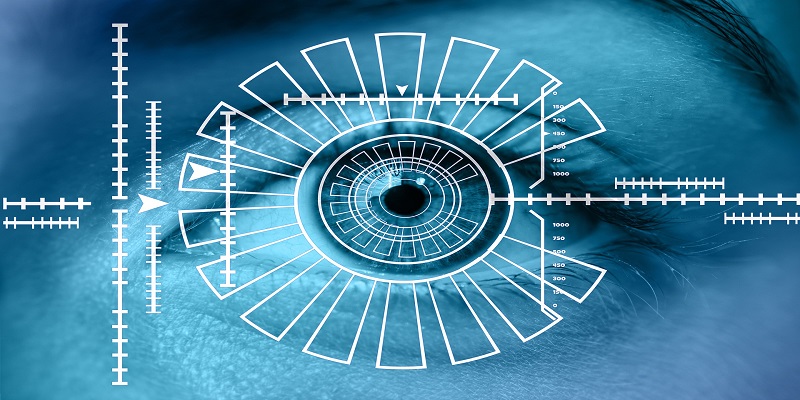Businesses must stay vigilant against financial crimes. Know Your Customer (KYC) and Anti-Money Laundering (AML) regulations are critical in safeguarding against fraud and illegal activities. However, compliance can be complex and time-consuming. This is where digital identity verification comes into play, revolutionizing how companies manage KYC and AML processes.
Understanding KYC and AML
KYC is a process by which businesses verify the identity of their clients. This ensures that they are legitimate and helps prevent illegal activities such as money laundering and fraud. AML, on the other hand, consists of policies and procedures designed to prevent, detect, and report money laundering activities.
The Challenges of Traditional KYC and AML
Traditional methods of identity verification involve manual processes. These are often paper-based, time-consuming, and prone to human error. Moreover, they can be inconvenient for customers, requiring physical presence and documentation. As a result, businesses face delays and increased operational costs.
The Rise of Digital Identity Verification
Digital identity verification leverages technology to streamline KYC and AML processes. By using biometric data, artificial intelligence, and machine learning, businesses can efficiently verify identities and detect suspicious activities.
Benefits of Digital Identity Verification
Improved Accuracy and Efficiency
Digital identity verification reduces errors associated with manual processes. Automated systems can quickly and accurately validate documents and cross-check information against global databases. This leads to faster onboarding of customers and reduced operational costs.
Enhanced Customer Experience
Customers expect seamless and convenient interactions. Digital identity verification allows for remote onboarding, eliminating the need for physical visits. This not only saves time but also enhances customer satisfaction by providing a frictionless experience.
Strengthened Security Measures
Digital identity verification provides robust security features. Biometric authentication, such as fingerprint and facial recognition, ensures that the person is who they claim to be. Additionally, real-time monitoring and alerts help detect and prevent fraudulent activities promptly.
Key Technologies in Digital Identity Verification
Biometric Authentication
Biometrics, such as fingerprints and facial recognition, offer a highly secure method of identity verification. These technologies analyze unique physical characteristics that are difficult to forge, providing an extra layer of security.
Artificial Intelligence and Machine Learning
AI and machine learning algorithms analyze vast amounts of data to identify patterns and anomalies. This allows for quicker detection of fraudulent activities and improves the accuracy of identity verification.
Blockchain Technology
Blockchain provides a secure and immutable ledger for storing identity information. This technology ensures data integrity and enhances transparency, making it difficult for malicious actors to alter information.
The Role of Regulation and Compliance
Adapting to Regulatory Changes
Regulations surrounding KYC and AML are constantly evolving. Digital identity verification systems are adaptable, allowing businesses to quickly implement changes and stay compliant. This flexibility is crucial in maintaining adherence to legal requirements.
Global Standards and Interoperability
Digital identity verification solutions often comply with international standards, ensuring interoperability across different jurisdictions. This is particularly important for businesses operating globally, as it simplifies cross-border transactions and compliance.
Challenges and Considerations
Privacy and Data Security
While digital identity verification offers numerous benefits, it raises concerns about privacy and data security. Companies must ensure that personal information is protected and used responsibly. Implementing robust security measures and adhering to data protection regulations is essential.
Balancing Security and User Experience
Striking a balance between security and user experience can be challenging. While stringent security measures are necessary, they should not compromise user convenience. Businesses must find ways to implement effective security protocols without hindering the customer journey.
The Future of Digital Identity Verification
Increasing Adoption Across Industries
As technology advances, more industries are adopting digital identity verification. From banking and finance to healthcare and e-commerce, the demand for secure and efficient identity verification solutions is growing. This trend is expected to continue, with further innovations on the horizon.
Integration with Emerging Technologies
The integration of digital identity verification with emerging technologies, such as the Internet of Things (IoT) and 5G, will open new possibilities. These advancements will enhance connectivity and provide even more seamless and secure verification processes.
Conclusion
Digital identity verification is transforming KYC and AML compliance, making it more efficient, secure, and user-friendly. By embracing these technologies, businesses can not only protect themselves against financial crimes but also provide a better experience for their customers. As the landscape of digital identity verification continues to evolve, staying informed and adaptable is crucial for businesses to thrive in this ever-changing environment.








